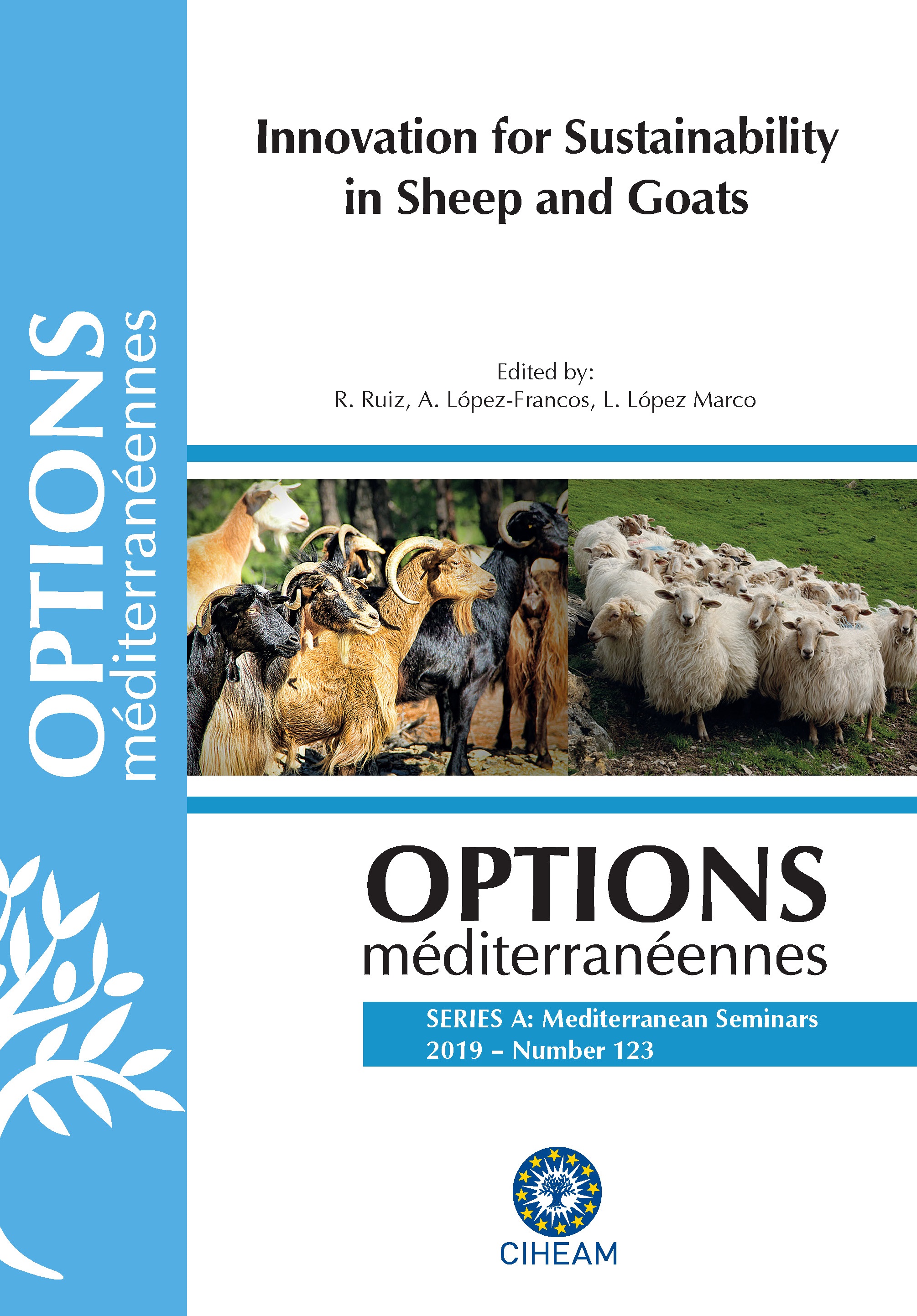| Article précédent | p. 407-410 | Article suivant |
Performance of Eclipse Farm test coupled with e-Reader for screening antibiotics in sheep and goat’s milk
The presence of antibiotic residues in milk is a concern due to technological and health reasons. Although various methods have been developed to analyse antibiotic residues in cow milk, such methods do not always work correctly with sheep and goat’s milk. Herein, we present a study of the performance of a new system for the screening of antimicrobial residues in sheep and goat’s milk. The method combines a microbial inhibitor test (Eclipse Farm) and a device (e-Reader) that integrates incubation at 65ºC and continuous monitoring of the change in colour. The performance of the new system was validated according to European Commission Decision 2002/657/EC. Sensitivity of the new system was evaluated on 12 molecules from several families of antimicrobials. The detection limits were close to European maximum residue limits (MRL). Detection capabilities (CCβ) were also determined for 7 molecules representing the main antimicrobial groups used in dairy husbandry (penicillins, cephalosporins, aminoglycosides, tetracyclins, sulphonamides and macrolides). Most of the molecules were detected at MRL level. The Eclipse Farm test coupled to e-Reader has shown to be a valuable tool for screening a broad-spectrum of antimicrobial residues in sheep and goat milk.
La présence de résidus d’antimicrobiens dans le lait représente un problème technologique pour la filière laitière et un risque pour la santé publique. De nombreuses méthodes ont été développées pour analyser les résidus d’antibiotiques dans le lait de vache, cependant ces méthodes ne fonctionnent pas toujours correctement avec le lait de brebis et de chèvre. Dans ce travail, nous présentons une évaluation sur la performance d’un nouveau système de dépistage de résidus d’antibiotiques dans le lait de brebis et de chèvre. Le nouveau système combine un test d’inhibition microbienne (Eclipse Farm) et un dispositif (e-Reader) qui intègre une incubation à 65ºC et une surveillance continue du changement de la couleur du test. La performance du test a été validée conformément à la décision 2002/657/CE de la Commission Européenne. La sensibilité a été évaluée sur 12 molécules provenant de plusieurs familles d’antimicrobiens. Dans tous les cas, les limites de détection calculées étaient proches aux limites autorisées (Limite Maximale de Résidus). Les capacités de détection (CCβ) ont été également déterminées pour 7 molécules représentant les principaux groupes d’antimicrobiens utilisés dans l’élevage laitier (pénicillines, céphalosporines, aminoglycosides, tétracyclines, sulfamides et macrolides). La plupart des molécules ont été détectées au niveau de la LMR. L’Eclipse Farm combiné avec le e-Reader est donc un test à large spectre, qui permet de couvrir la détection d’un nombre important de molécules d’antimicrobiens dans le lait de brebis et de chèvre.
- [ Afficher ]
- [ Télécharger ]
- [ Exporter la citation ]
Vous pouvez télécharger la citation au format :
- [ Imprimer ]
-
Mots-clés
ANTIMICROBIEN, LAIT DE BREBIS, LAIT DE CHEVRE, RESIDUCiter cet article
Giraldo J., Cabizza R., Sanz D., Mata L., Molina M.P. Performance of Eclipse Farm test coupled with e-Reader for screening antibiotics in sheep and goat’s milk. In : Ruiz R. (ed.), López-Francos A. (ed.), López Marco L. (ed.). Innovation for sustainability in sheep and goats. Zaragoza : CIHEAM, 2019. p. 407-410. (Options Méditerranéennes : Série A. Séminaires Méditerranéens; n. 123). 2. Joint Seminar of the Subnetworks on Nutrition and on Production Systems of the FAO-CIHEAM Network for Research and Development in Sheep and Goats, 2017/10/03-05, Vitoria-Gasteiz (Spain). http://om.ciheam.org/om/pdf/a123/00007921.pdf



